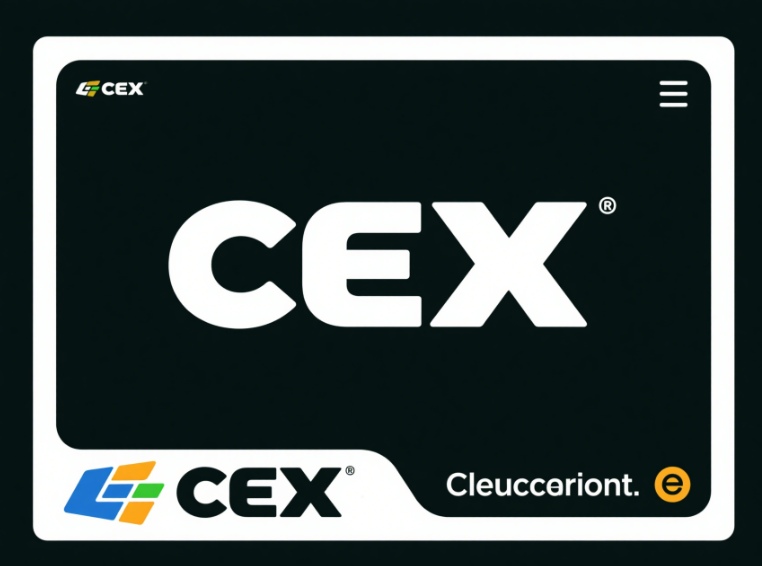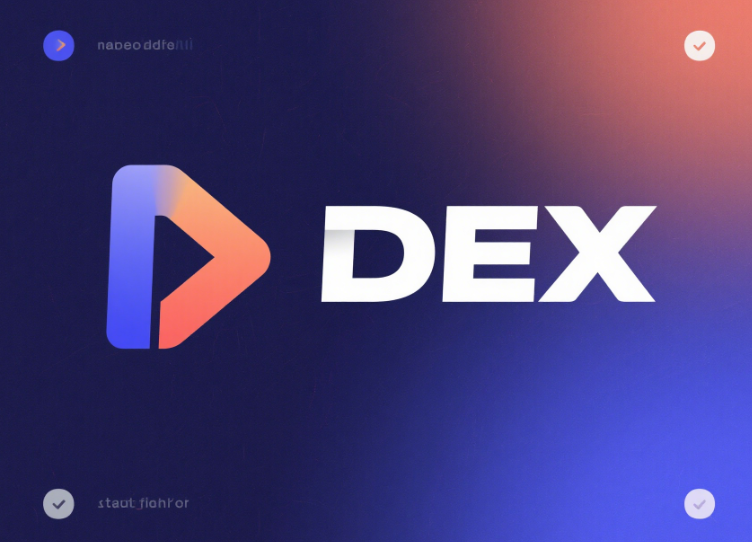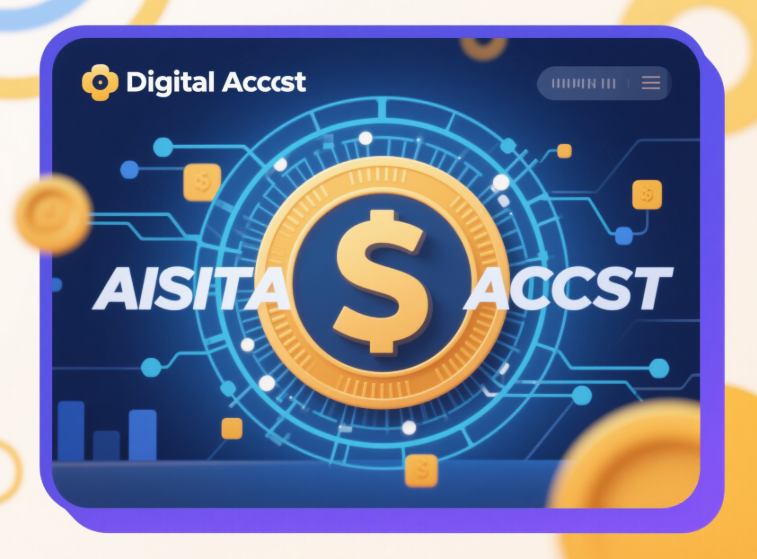In today's rapidly evolving cryptocurrency market, blockchain exchanges play an indispensable role as the key platforms connecting investors with digital assets. Whether you're a complete newcomer or an experienced investor, understanding the different types of exchanges is crucial for making informed investment decisions. In this article, we will delve into the five basic classifications of blockchain exchanges, helping you grasp their characteristics and applicable scenarios in just five minutes.
What is a Blockchain Exchange?
First, let’s clarify what a blockchain exchange is. Simply put, a blockchain exchange is a platform that allows users to buy, sell, and exchange cryptocurrencies. They provide a marketplace where users can trade various digital assets at market prices. Depending on their operational mechanisms and service models, blockchain exchanges can typically be divided into the following five categories.
1. Centralized Exchanges (CEX)
Centralized exchanges, or CEX (Centralized Exchanges), represent the most common type of exchange. These platforms are managed and operated by a central company, which means that users must rely on the exchange’s systems when trading. Examples include Binance, Huobi, and OKEx.

Advantages
High Liquidity: With a large number of users and trading volumes, centralized exchanges typically offer high liquidity.
User-Friendly: Most centralized exchanges provide easy-to-navigate interfaces, making it convenient for newcomers to get started quickly.
Full Services: Comprehensive customer support, trading tools, and strategic resources ensure a smoother trading experience.
Disadvantages
Security Risks: Since centralized exchanges store substantial amounts of user assets, they are vulnerable to hacking attacks and security breaches.
Centralization Issues: Centralized control over user funds raises questions about decentralization, leaving users exposed to risks from potential platform closures or policy changes.
2. Decentralized Exchanges (DEX)
Decentralized exchanges, or DEX (Decentralized Exchanges), have emerged as alternatives to centralized exchanges. These platforms operate directly on the blockchain, enabling users to conduct trades without relying on third-party trust. Examples of DEX include Uniswap, SushiSwap, and PancakeSwap.

Advantages
High Security: Users maintain full control over their funds, significantly reducing the risk of hacking.
Decentralization: With no central authority managing trades, transactions are more transparent, and user identity privacy is protected.
No Registration Needed: Users can trade directly without creating an account.
Disadvantages
Low Liquidity: Due to a relatively smaller user base, some tokens may experience lower liquidity, affecting price stability.
Complexity for Users: For beginners, learning how to use a DEX can be challenging, especially regarding wallet operations and trading smart contracts.
3. Exchange Platforms
Exchange platforms typically refer to those exchanges that offer additional services beyond basic trading capabilities, such as lending, options trading, and synthetic asset trading. These types of platforms are often launched by existing centralized or decentralized exchanges, such as Binance’s Launchpad and Kraken’s lending services.
Advantages
Diverse Products: Investors can access a wider range of investment choices on a single platform, catering to various needs.
Innovative Tools: They introduce new financial tools based on smart contracts and blockchain, sparking user investment interest.
Disadvantages
High Complexity: With a wide array of different products, users must invest time in familiarizing themselves with each mechanism and tool.
Potential Risks: Some new products may carry uncertainties related to market volatility or the platform’s technical issues.
4. Futures and Derivatives Exchanges
Futures and derivatives exchanges focus on trading contracts based on future prices, allowing users to leverage their investments effectively. Examples such as Deribit and BitMEX primarily attract investors looking to obtain high returns through contract trading.

Advantages
High Profit Potential: Users can achieve higher potential returns through leveraging.
Risk Management: Options and other derivatives can be employed to hedge risks and provide insurance for investment portfolios.
Disadvantages
High Risks: Leverage can magnify potential losses, making it imperative for beginners to proceed with caution in the absence of comprehensive understanding.
Market Complexity: Engaging in futures and derivatives trading demands a higher level of market comprehension from investors.
5. Asset Exchanges
Asset exchanges specialize in specific types of assets, such as stablecoin exchanges or NFT marketplaces. They may focus solely on particular trading and service types, responding to market segments. For instance, OpenSea specializes in NFT trading, while some smaller platforms focus on stablecoin transactions.
Advantages
Specialized Services: By focusing on specific assets, they provide a more refined trading experience and better services specific to those markets.
Targeted Choices: Investors can select appropriate exchanges based on specific needs.
Disadvantages
Closed Ecosystems: Concentrating on particular assets may lead to insufficient liquidity or limited market exposure.
Limited Options: Compared to full-service exchanges, investment choices may be constrained.
Understanding the basic classifications of blockchain exchanges is vital for every investor. Each type of exchange has distinct features, catering to different investment strategies and needs. Whether you aim for quick trades, long-term holding, or high-risk, high-return opportunities, choosing the right exchange will be your first step towards success.
We hope this article helps you navigate your investment journey in the cryptocurrency space with greater confidence. In this ever-changing market, keeping informed and learning about various exchanges will open up more opportunities. With just 5 minutes, you can master the basic classifications of blockchain exchanges and be better prepared to embrace the future in this opportunity-rich landscape!
















No comments yet